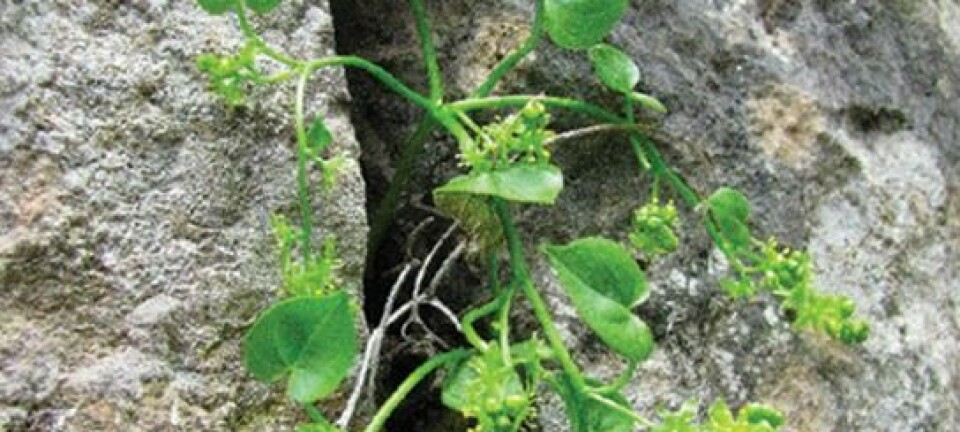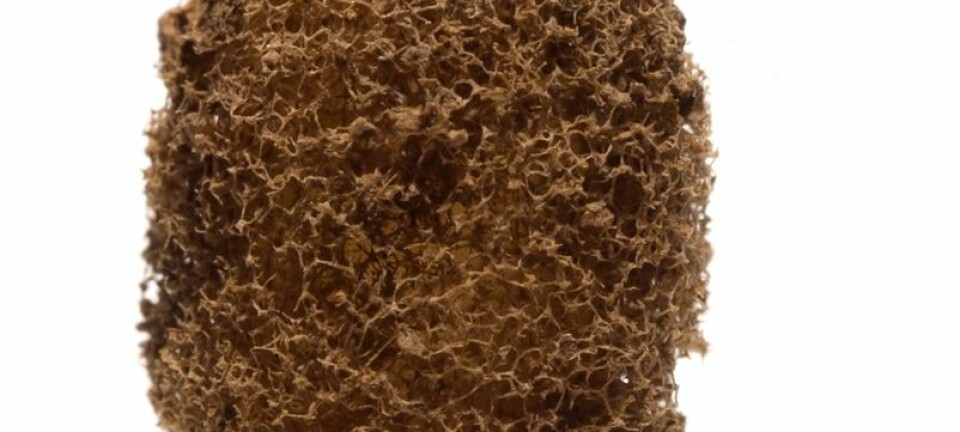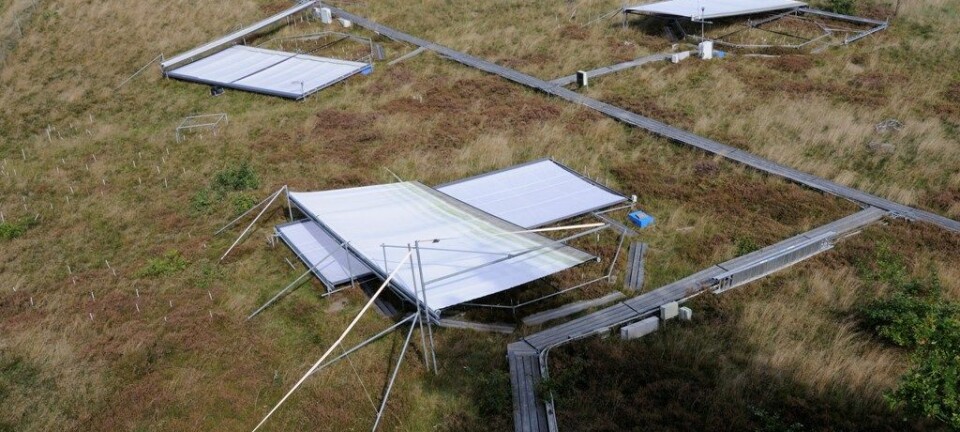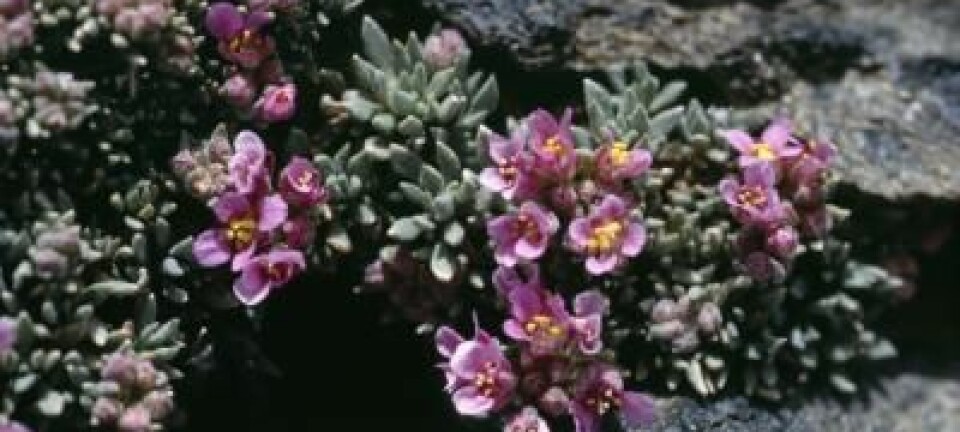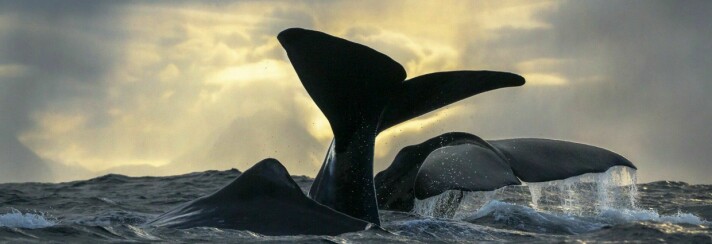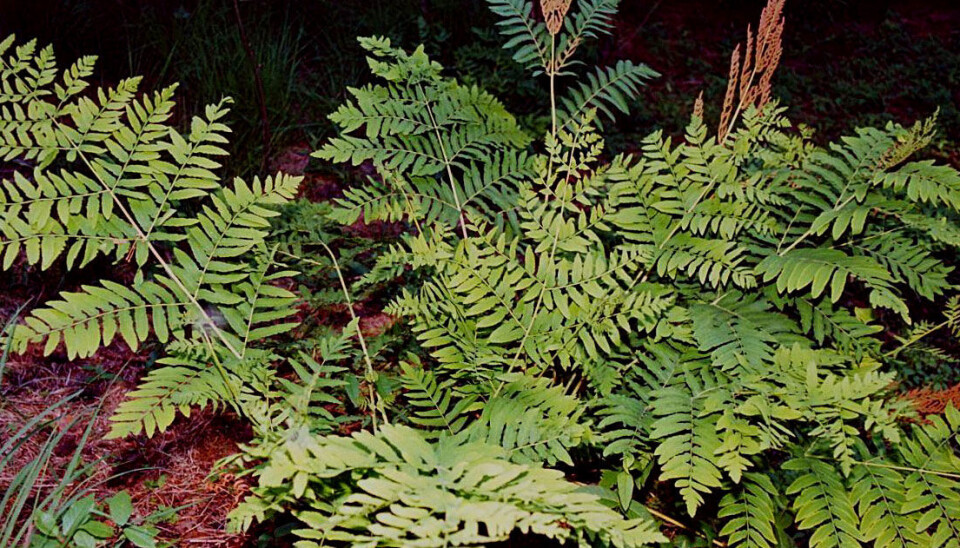
Swedish ferns stuck to their Jurassic game plan
A remarkable finding from Skåne County in the south of Sweden shows that the royal fern has not changed genetically in the past 180 million years.
The chances of finding intact cell content and DNA in an 180 million-year-old fossil are exceptionally slim.
Biologists from the Swedish Museum of Natural History and Lund University managed just that, however, when they examined a fossilised stem of a royal fern found in Korsaröd, Skåne County.
The discovery enabled them to make a direct comparison between the genetic material in today’s royal ferns and the fossil version.
The genetic material has not undergone significant changes in at least 180 million years, making the royal fern truly one of the world’s reputed “living fossils”.
Unique geological conditions
Fossil finds of cell nuclei and chromosomes are very rare because the fragile tissue within a cell will almost always decompose rapidly without being preserved.
“Vulnerable cell content in plants decays very quickly when they die. Only under extremely rare and unique geological conditions can cell content be preserved through mineral precipitation before decaying,” explains Stephen McLoughlin, one of the researchers behind the discovery.
“In this case the ancient genome was saved by a very rapid calcification. The plant was instantaneously buried in a landslide of volcanic debris and a mineral-rich, chalky water from hot springs trickled down through the sediments.”
Protective capsule
“Calcium carbonate precipitated around and into the plant tissue. This locked the cell content in place and enclosed the plant in a protective capsule of calcite,” says McLoughlin.
The remains of the fern calcified quickly enough to preserve cytoplasm, cell nuclei and even chromosomes in various stages of cell division.
“Discoveries of cell content have only been made a few times with fossil plants more than a few thousand years old,” he points out. And the validity of many of these is still being questioned.
Ancient genome
Botanists have long considered the royal fern family Osmundaceae to be a living fossil – both because the plant’s physical structure has remained essentially unchanged through the eons and because the species have retained same number of chromosomes – 22.
The low number of chromosomes is a key indicator because their polyploidy characteristic – having more than two paired sets of genes – is especially common among ferns. Unlike most species, ferns also have a tendency to retain superfluous copies in their genome, instead of shedding them as time passes.
Adder’s-tongue ferns, Ophioglossum reticulatum, have the largest genome known to science, with 630 chromosome pairs accumulated in the course of their evolution.
The royal fern’s modest 22 chromosomes could thus indicate that the genome has been quite stable through millions of years of evolution and changes in the planet’s climate.
Same-sized nucleus
When the scientists in Sweden found the fossilised royal fern with its miraculously intact cell structure, they could measure the 180-million-year-old cell nucleus and compare it to the size found in its living descendants.
“Additional chromosomes take up more space, so a doubling of their number – which often occurs in such plants – would yield a doubling in the volume of the nucleus,” explains Professor Vivi Vajda of Lund University.
But on the contrary the researchers found that nucleus, and thus the genome, was very similarly sized in the fossil and in living ferns. This indicates that little has changed in the genetic material in the course of the extremely long interval.
“The corresponding size of the cell nuclei shows that the Korsaröd fossil and present day Osmundaceae probably have the same number of chromosomes and DNA content. This indicates that neither ploidization nor any considerable loss of genes has occurred in royal ferns since the Early Jurassic – some 180 million years ago,” conclude the researchers in the study.
-------------
Read the Norwegian version of this article at forskning.no
Translated by: Glenn Ostling
